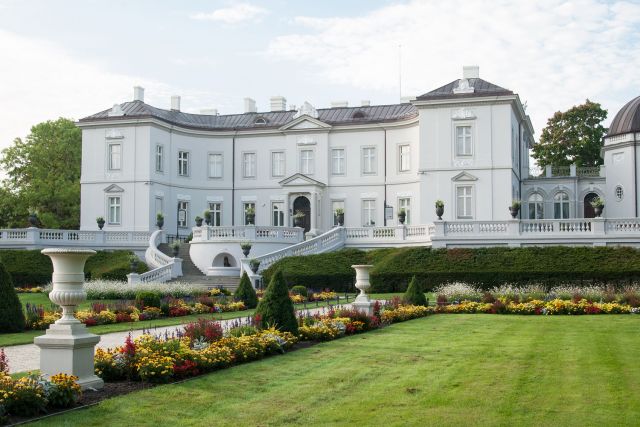
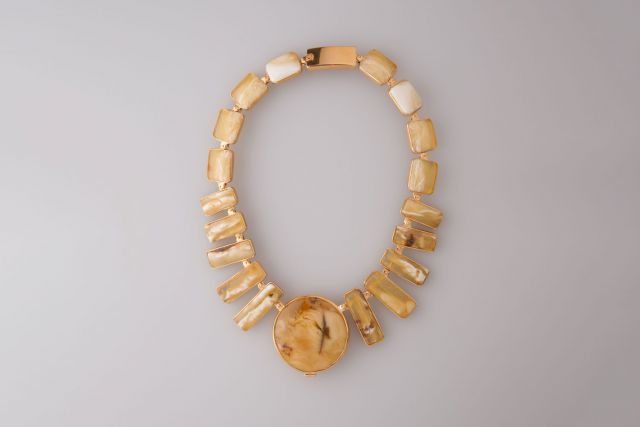
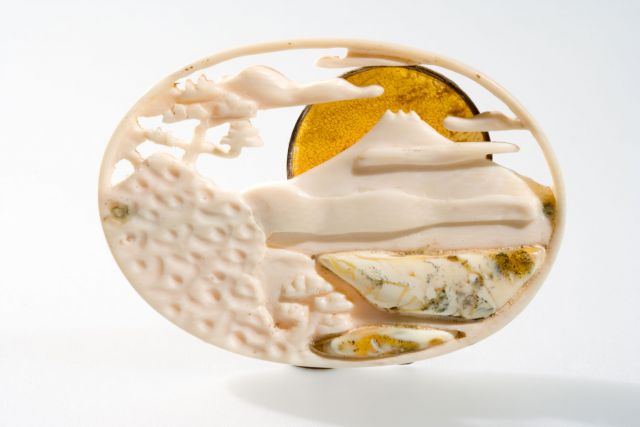
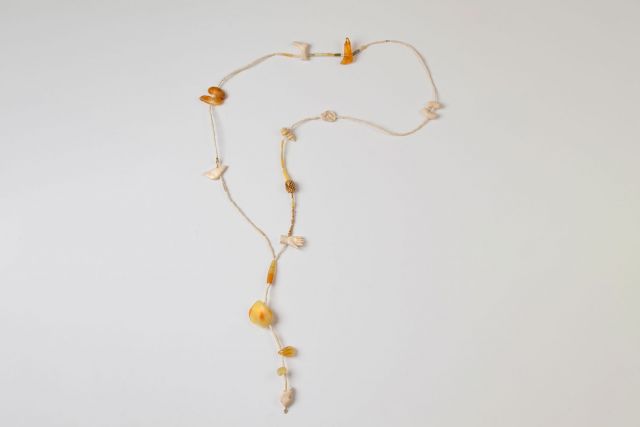
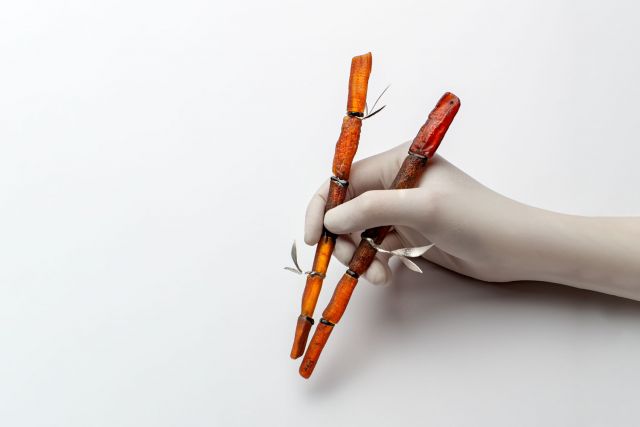
Palanga Amber Museum
- Palanga, Lithuania
- Museum
Tuesday to Saturday 11:00 - 17:00, Sunday 11:00 - 16:00 (September - May); Tuesday to Saturday 10:00 - 20:00, Sunday 10:00 - 19:00 (June - August)
+370 46053501
The Palanga Amber Museum, established in 1963, is a part of the Lithuanian National Museum of Art. The museum is on the impressive estate of Count Feliks Tyszkiewicz, and was built in 1897. The building was designed by the Berlin-based German architect Franz Schwechten. Today the Museum's collections include around 30 000 raw and processed amber pieces, inclusions, archeologic artifacts and other objects. The first floor is devoted to commemorating the Counts Tyszkiewicz family, and the atmosphere of the 19th century is recreated. Visitors can find a café and gift (amber) shop at the Museum as well. Palanga Birutė Park, designed by landscape architect Édouard François André, surrounds the area, and visitors are invited to wander down the paths past its many ponds to admire the surrounding nature on the Baltic sea shore.
The museum presents its visitors with more than 5,000 exhibits of various amber artefacts. On display is amber found at archaeological sites of the Baltic Sea coast's burial sites, from the Neolithic, Stone Age and Bronze age periods. There are also articles from the 16th to 18th centuries, the late 19th century and the beginning of the 20th century that were produced in the manufactory of Palanga. In the museum visitors can also discover the history of contemporary Lithuanian amber art. You will see serial amber jewellery from the 60s and 70s, as well as unique pieces produced by renowned jewellery artists of the late 20th century and the beginning of the 21st century.









